1 Harvesting water from the air
1.1 LP Turbines for domestic or small business use can be housed in an insulated outer box that acts as a condensation chamber. This design can also produce indoor air cooling as a side product.
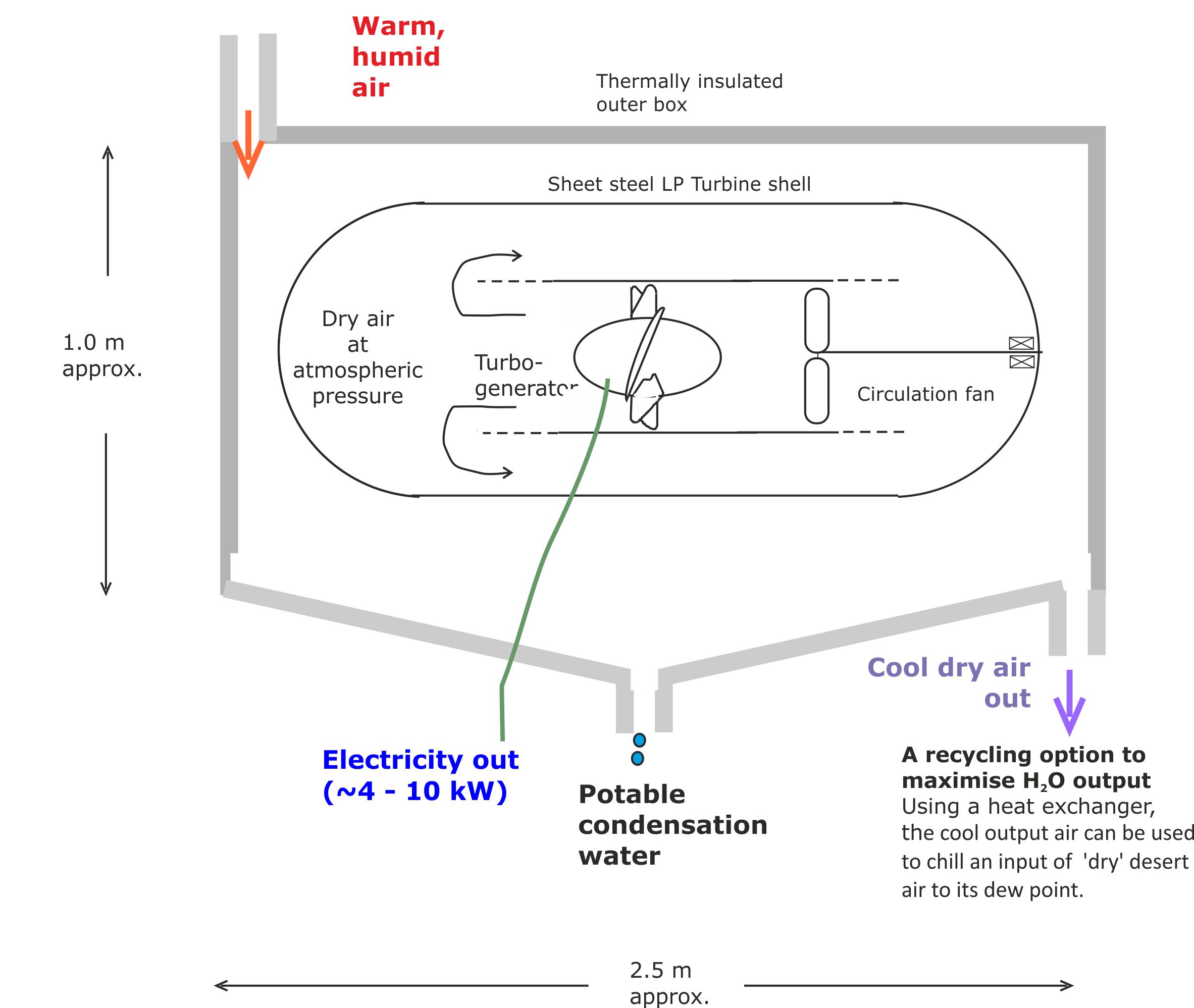
Figure 1. In a warm humid climate, households could become self-sufficient in meeting their drinking water, electricity and indoor air cooling needs.
The design can be scaled up to meet these needs in larger buildings.
1.2 Moisture can also be harvested from air vented from horticultural glass houses.
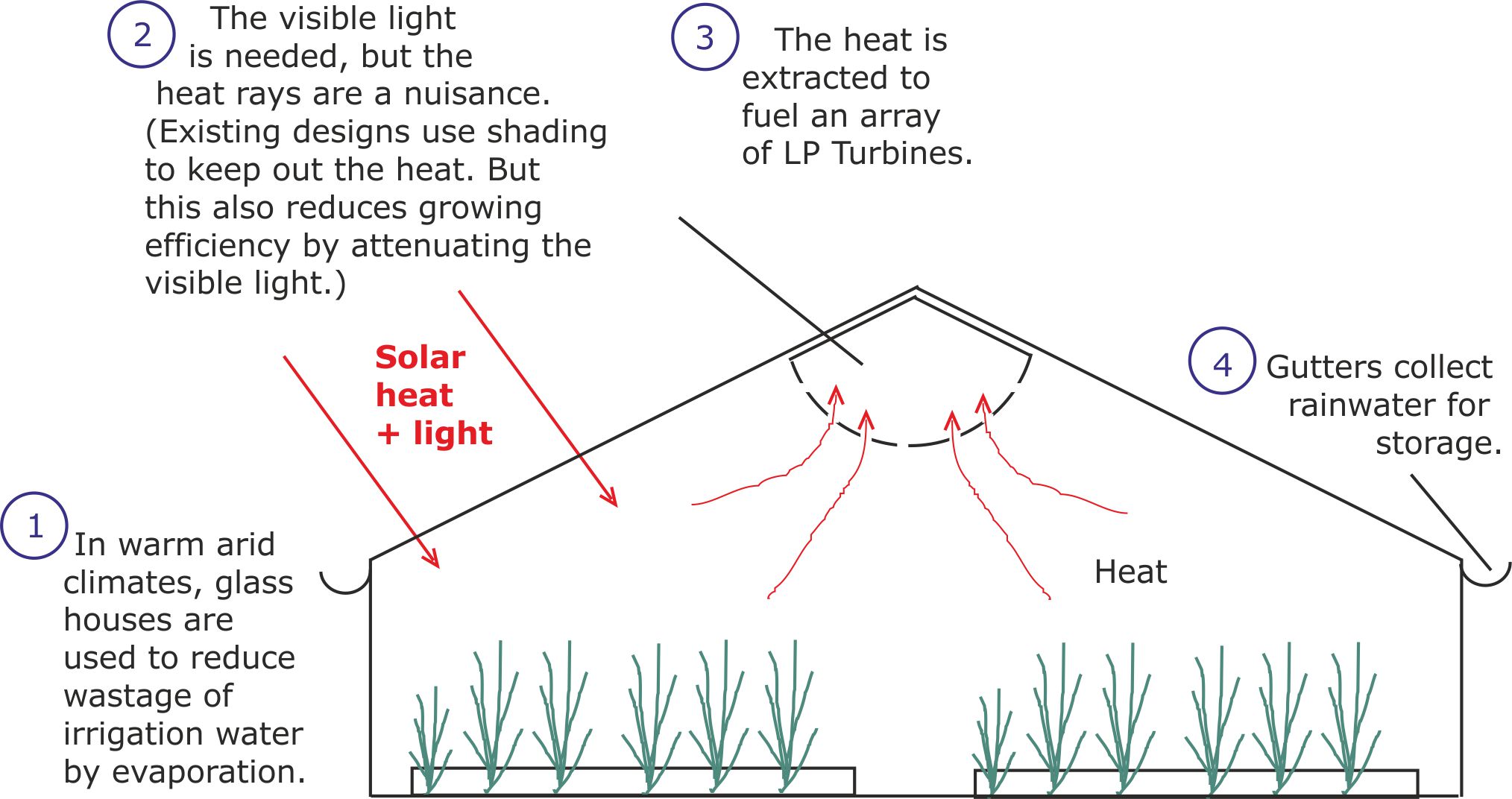
Figure 2. Fresh air (filtered to remove insect pests) needs to be continuously fed into the glasshouse in order to provide the plants with carbon dioxide. As a bonus, such glasshouses would provide more electricity per square metre of ground space than solar panels. Some of this electricity could be used for converting atmospheric nitrogen into nitrogen fertiliser.
Nitrogen fertilisers can boost plant growth, but when used outdoors, it can be flushed away to produce ground water and river pollution. Thus, carefully managed food production inside glass houses will also help to protect our natural water supplies.
2 Distillation of salty water
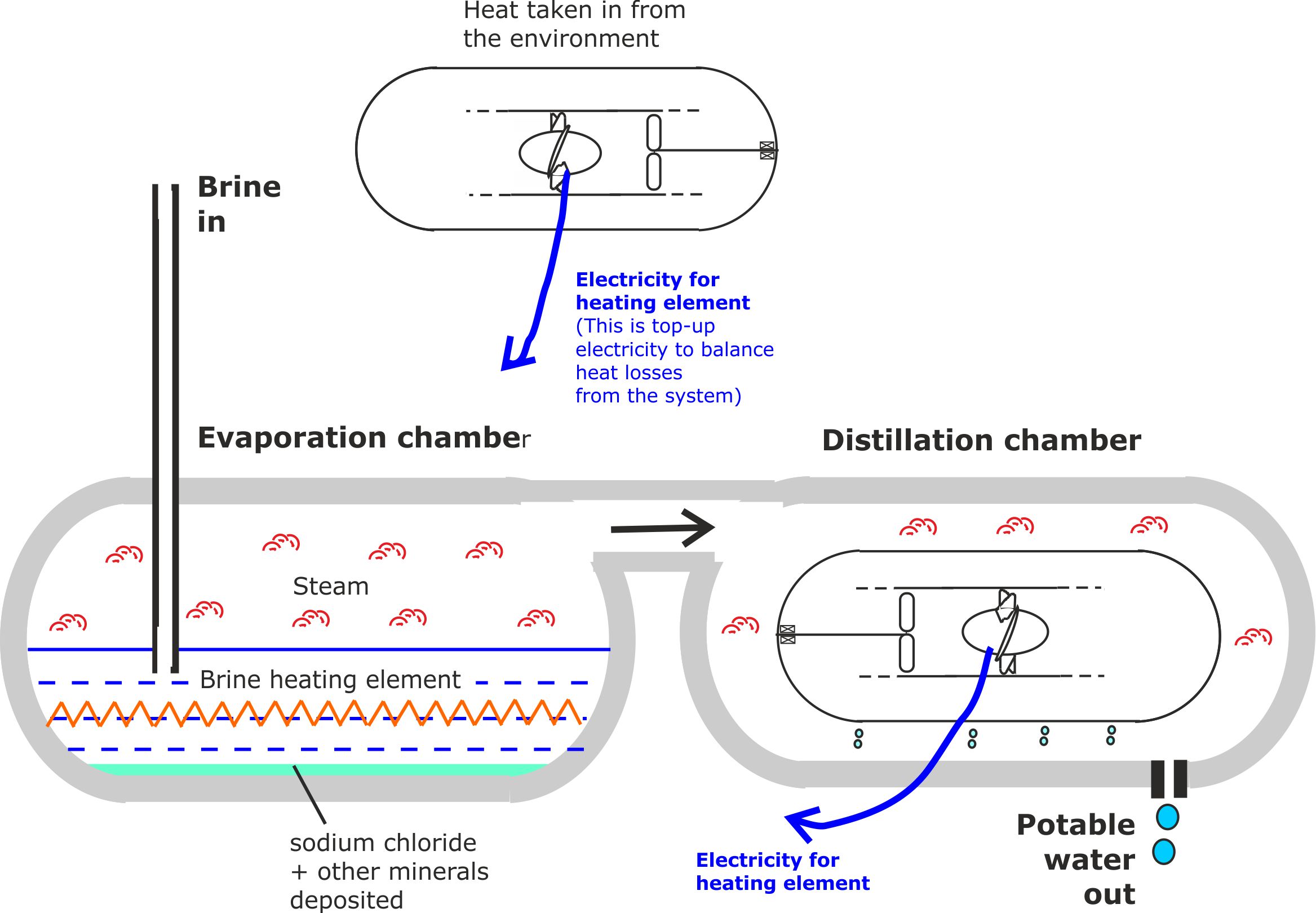
Figure 3. This is just one of the ways in which LP Turbines can be incorporated into water distillation systems.
This water distillation system can also be used to distil fresh water from filtered sewage water. The residual sludge will include a high concentration of phosphate, potash and nitrate salts and can be used as a fertiliser.
3 Incorporating clean water production into desert architecture
The aim is to create buildings that have glass roofs that act as lenses for focusing solar energy, then to use this energy for distilling sea water and producing electricity.
In order to minimise the weight of the roof, Fresnel roofing tiles would be used.
This diagram of a vertical Fresnel lens explains the principle involved.

Figure 4. A Fresnel roof would be approximately twice as heavy as a sheet glass roof, but would have ability to focus solar energy.
The advantage of a Fresnel roof, compared with a simple glass roof is that the solar energy can be recycled and used to distil several batches of salt water, before it is finally converted into electricity.
Here are some examples of the new opportunities open to architects.
3.1 A single module design
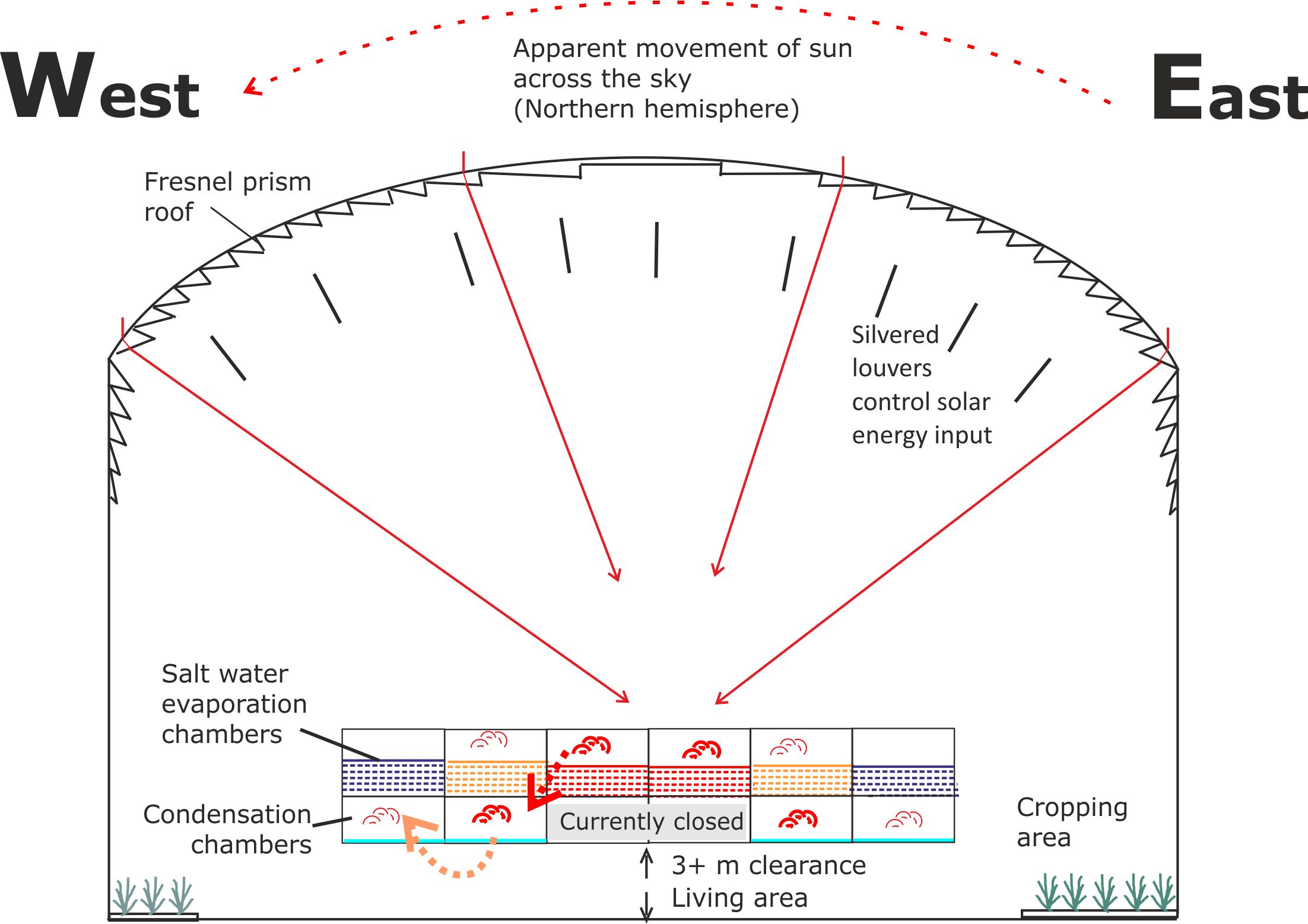
Figure 5. The roof is made of Fresnel prisms that focus the solar energy along a north-south axis. The line of focused energy moves across the chambers during the day.
The water vapour produced by evaporation in the currently hottest evaporation chamber could reach 100oC.
Successive evaporation chambers reach their highest temperature in turn, throughout the day. Using a system of valves, water vapour from the currently hottest evaporation chamber is fed into the condensation chambers under the cooler adjacent evaporation chambers. A fraction of the vapour condenses out, releasing latent heat that helps to warm the evaporation chambers above them. This recycling of the thermal energy can be repeated several times along the chain, for as long as there is an evaporation chamber at a lower temperature than the vapour in the underlying condensation chamber. After the recycling process has been exhausted, the residual vapour is condensed out on the outer casing of an LP Turbine.
The LP Turbine would produce an output of cold air that could also be used to cool the building interior.
This design could also be used to distil filtered sewage water and produce a liquid fertiliser residue.
3.2 Modular Fresnel roofed buildings
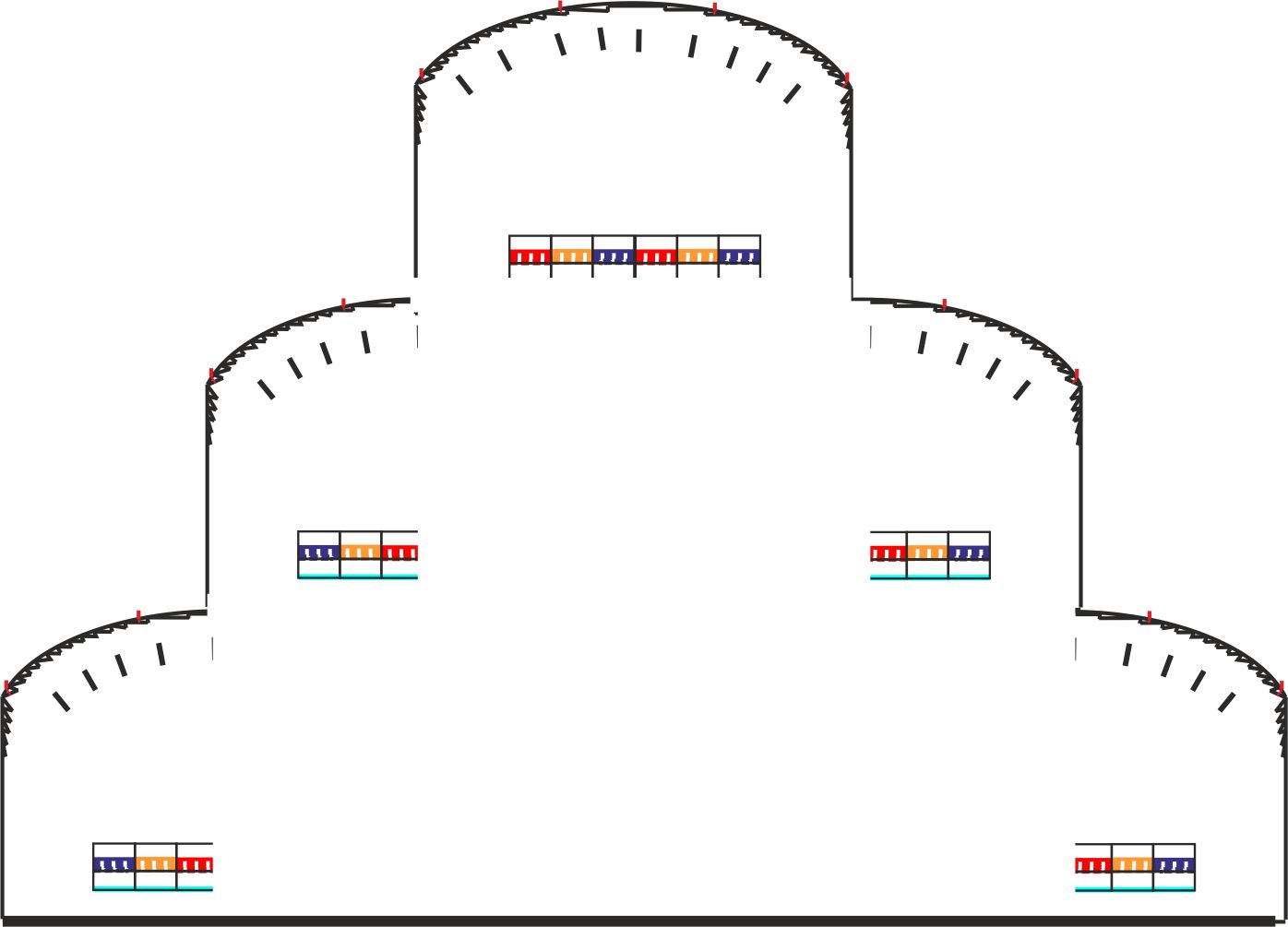
Figure 6. The range of Fresnel roofed buildings that could be created is only limited by architects imaginations.
Today’s prosperous coastal Middle Eastern cities have a skyline similar to New York and other thriving coastal cities. However, their hot arid climate and access to glass making sand offers them the opportunity to be different.
Eyesight benefits of buildings with Fresnel roofs
Worldwide, there has been an increase in myopia (near sight) since the covid outbreak in 2020. Most experts put this down to young people spending more time indoors than before the outbreak.
To reduce their risk of developing myopia, young people are recommended to spend at least an hour a day outdoors. Spending additional time in Fresnel roofed school and nursery buildings could be a good way of increasing this daylight diet by providing strong but diffuse daylight that has been stripped of its potentially harmful UV component by the glass in the roof.
4.1 Repairing coastal freshwater aquifers
Salt water can leak into the aquifers if the local sea level rises or too much freshwater is drawn from them. This problem can be reversed if the aquifer is rested, but salt water just outside the freshwater zone is pumped out, encouraging freshwater to flow in and replace it. In warm climates, where LP Turbines rarely ice up, a simple PL Turbine with no electrical components could act as a mechanical work amplifier, for operating the pumps.
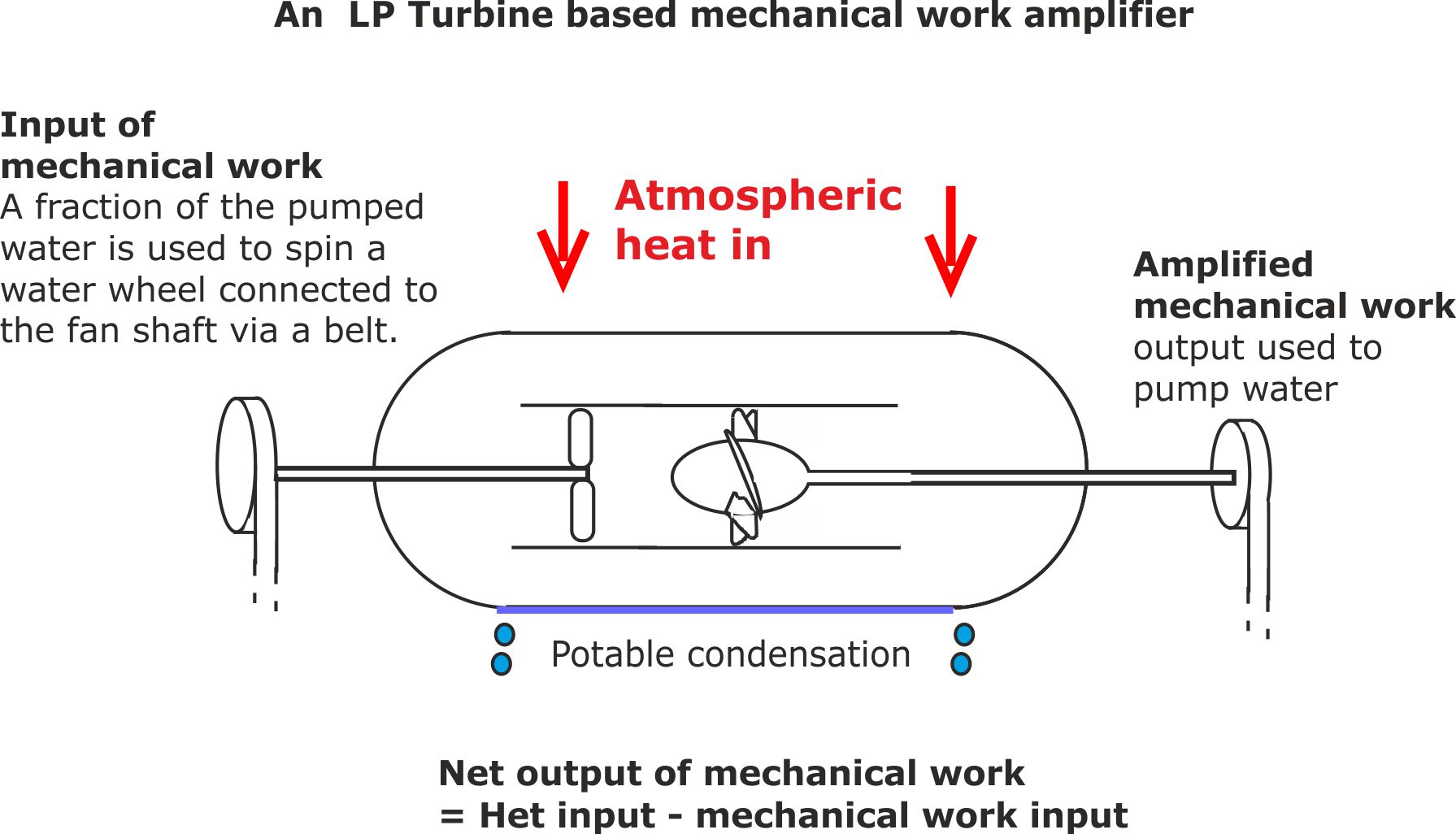
Fig ure 7. The brackish water that is pumped out of the aquifer could be partially desalinated so that the water fed back into the sea has the same salinity as the local sea water.
4.2 Using abandoned deep mine water for irrigation
This basic type of LP Turbine could also be used for pumping water out of abandoned deep coal mines.
Deep mine water can be as warm as 40oC, allowing an LP Turbine to run on thermal energy extracted from the water. Before being used for irrigation, the water would need to be aerated to solidify any dissolved iron and filtered, say by using cyclone filters, to remove the solid iron oxide particles. Both of these operations could be carried out using mechanical work provided by a basic LP Turbine.
